This tiny fawn was born pretty early for Northern Minnesota as it was on its feet and walking as of May 16. Average date of birth for fawns in northern Minnesota is around May 26 per a study.
When fawns are born, it usually takes wolves a bit to “switch” to this new food source, likely because they have to develop, or re-develop the search image/scent of fawns. For example, yearling wolves, which make up the bulk of most wolf populations, have never hunted fawns before so they have to learn those skills quickly.
To date, the earliest wolf-killed fawn we have documented is May 23. And this year, the first wolf-killed fawn we found was on May 27. The next kill we found wasn’t until June 3 this year.
But then predation increased as wolves started to learn how to find fawns (and as more fawns were born). Unsurprisingly, the next 3 weeks were the most intensive periods of predation on fawns but by mid-July, predation was very low.
For example, only 2 fawns have been killed by the 9 wolves we are currently studying over the past 16 days. A similar pattern that happens every year.
The reason: by about 6-8 weeks of age, fawns are fast enough that most are able to evade predators, and there are substantially fewer fawns alive by mid-July because predators have killed a substantial proportion of the fawns born by that point.
Studies on fawn survival have shown that, on average, fawn survival in forested ecosystems —with or without wolves—across North America is about 40%, and most mortality is via predation and most predation on fawns occurs when they are young and vulnerable (i.e., first 6-8 weeks of life).
Two studies in wolf range in Minnesota found that 47-49% of fawns survive past the first 3-4 months of life, when fawns are particularly vulnerable.
In wolf range in northern Wisconsin and the Upper Peninsula of Michigan, fawn survival was 45% and 49%, respectively. Notably, most of those studies found that bears and coyotes, not wolves, kill the highest proportions of fawns.
So from a wolf’s perspective: there is somewhere around a 40-50% decrease in their primary food source from late May to mid-July, and this food source can now largely evade them. The combinations of these is one of the reasons why late summer is a lean season for wolves.
Sources referenced in this post:
Gable et al. 2018. Weekly diet of wolves in northeaster Minnesota. American Midland Naturalist.
Carstensen et al. 2009. Survival, birth characteristics, and cause specific mortality of white-tailed deer neonates. Journal of Wildlife Management.
Kunkel and Mech. 1994. Wolf and bear predation on white-tailed deer fawns in northeastern Minnesota. Canadian Journal of Zoology.
Warbington et al. 2017. Cause-specific neonatal mortality of white-dailed deer in Wisconsin, USA. Journal of Wildlife Management.
Kautz et al. 2022. Compensatory human and predator risk trade-offs in neonatal white-tailed deer. Global Ecology and Conservation.
Gingery et al. 2018. Landscape-level patterns of fawn survival across North America. Journal of Wildlife Management.
---
- Category
- Pets And Animals















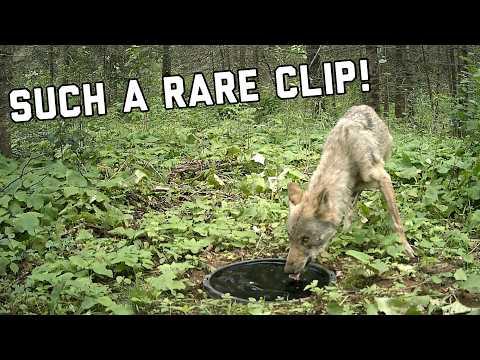
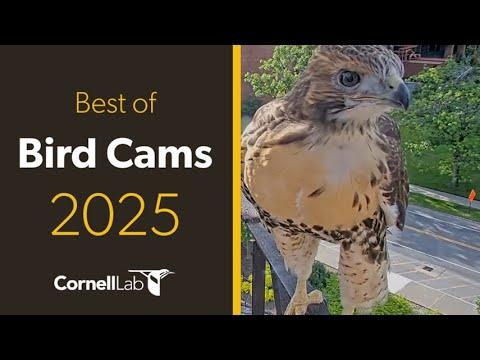

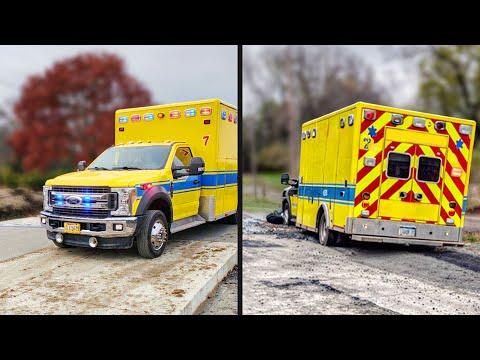

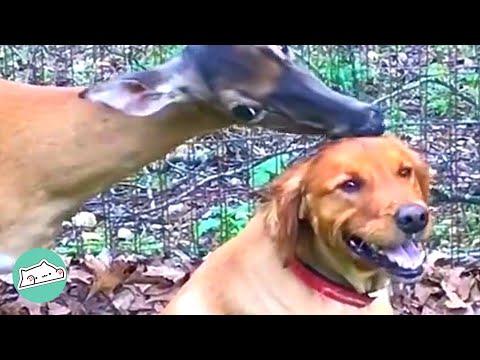




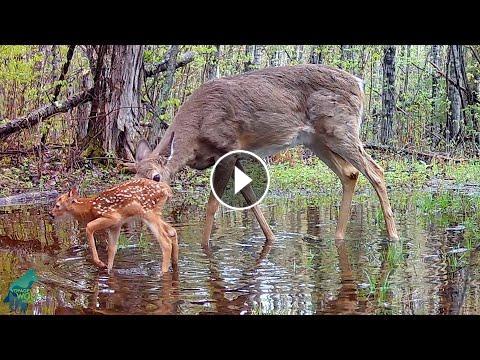
It's a beautiful thing to watch mother and fawn surviving together. Mom is the alert one for sure. And for good reason. Informative commentary too. Thanks, Mel.
Interesting read about the wolves having to learn and relearn their hunting skills